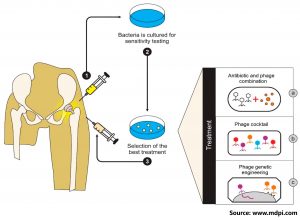The twentieth century was the ‘golden age’ of antibiotics for the extensive development and its use in humans and animals. The idea behind the discovery of antibiotics was to reduce suffering and deaths due to curable infectious diseases. However, such immense use of antibiotics had let to the selection of resistant bacterial strains. An increase in antibiotic-resistant (AR) infections result in the usage of higher expensive antibiotics, limiting the effectiveness of available ones. The existing evidence on epidemiological counts on antibiotic resistance impact is obtained by extrapolation using mathematical models. Generation of credible evidence demands a surveillance system regarding AR.
The current review is to identify and detail the AR surveillance system in the world from 2007 to 2019. A total of 71 AR surveillance systems from 35 countries were described. Among the 71 surveillance systems, 53 (74.6%) exclusively used human isolates, 12 (16.9%) targeted both humans and animals, and 6 (8.5%) focused on the surveillance of AR in animals. In the future perspective, the authors call on to involve various sectors in the surveillance of AR with the one health framework to facilitate the systems’ adaptation to the current reality.
To know more about existing surveillance systems, species that are monitored, incidence and prevalence of phenotype do visit







